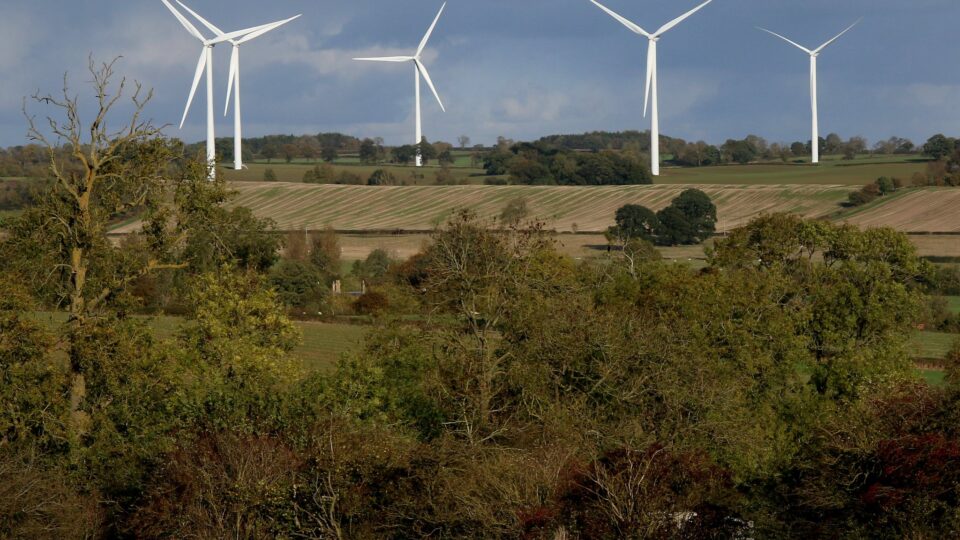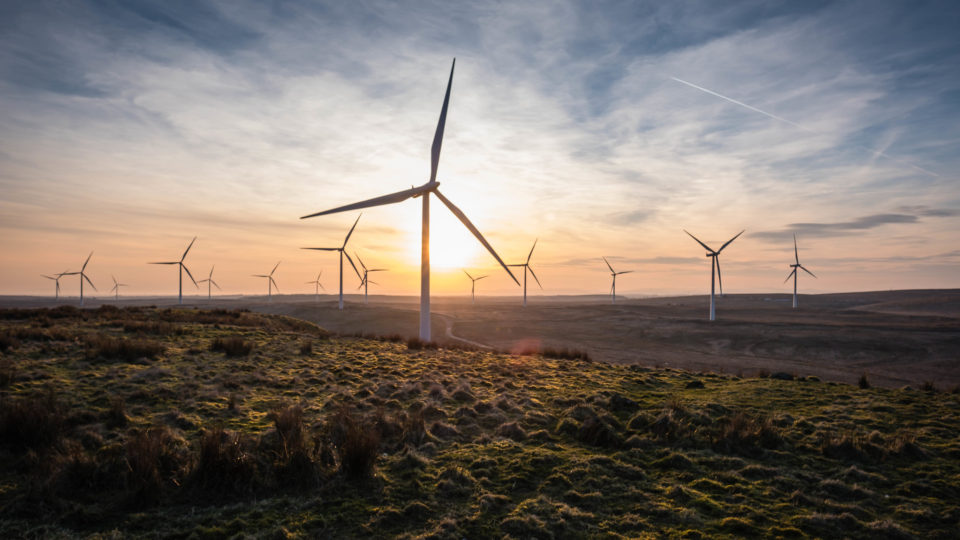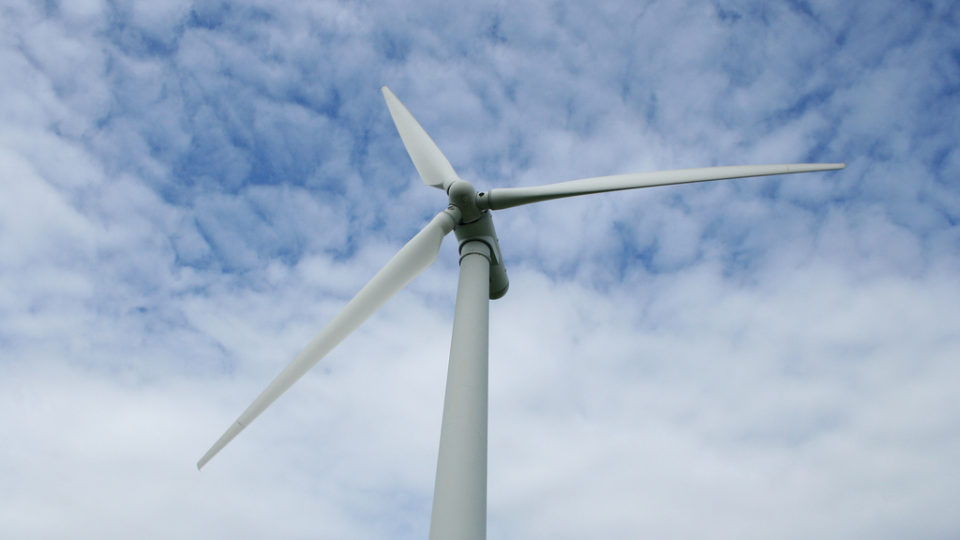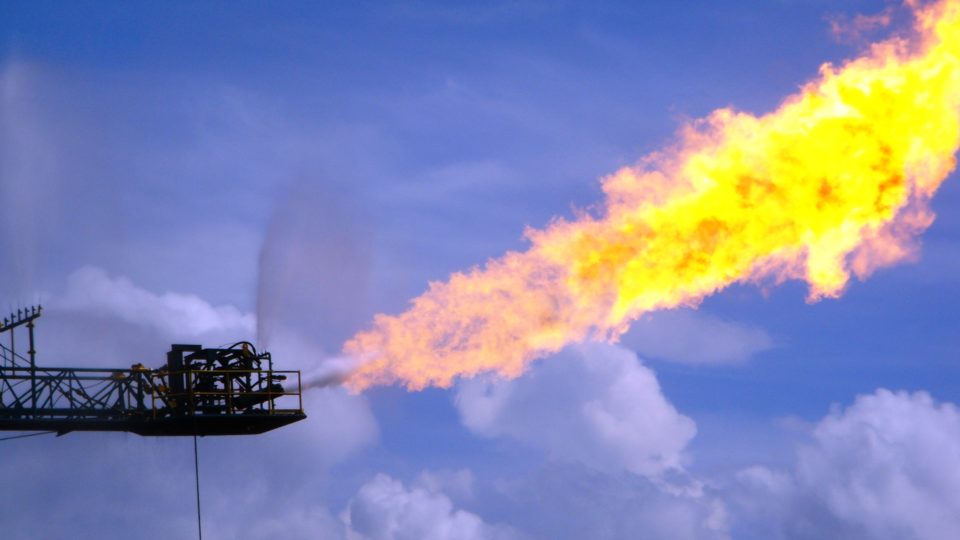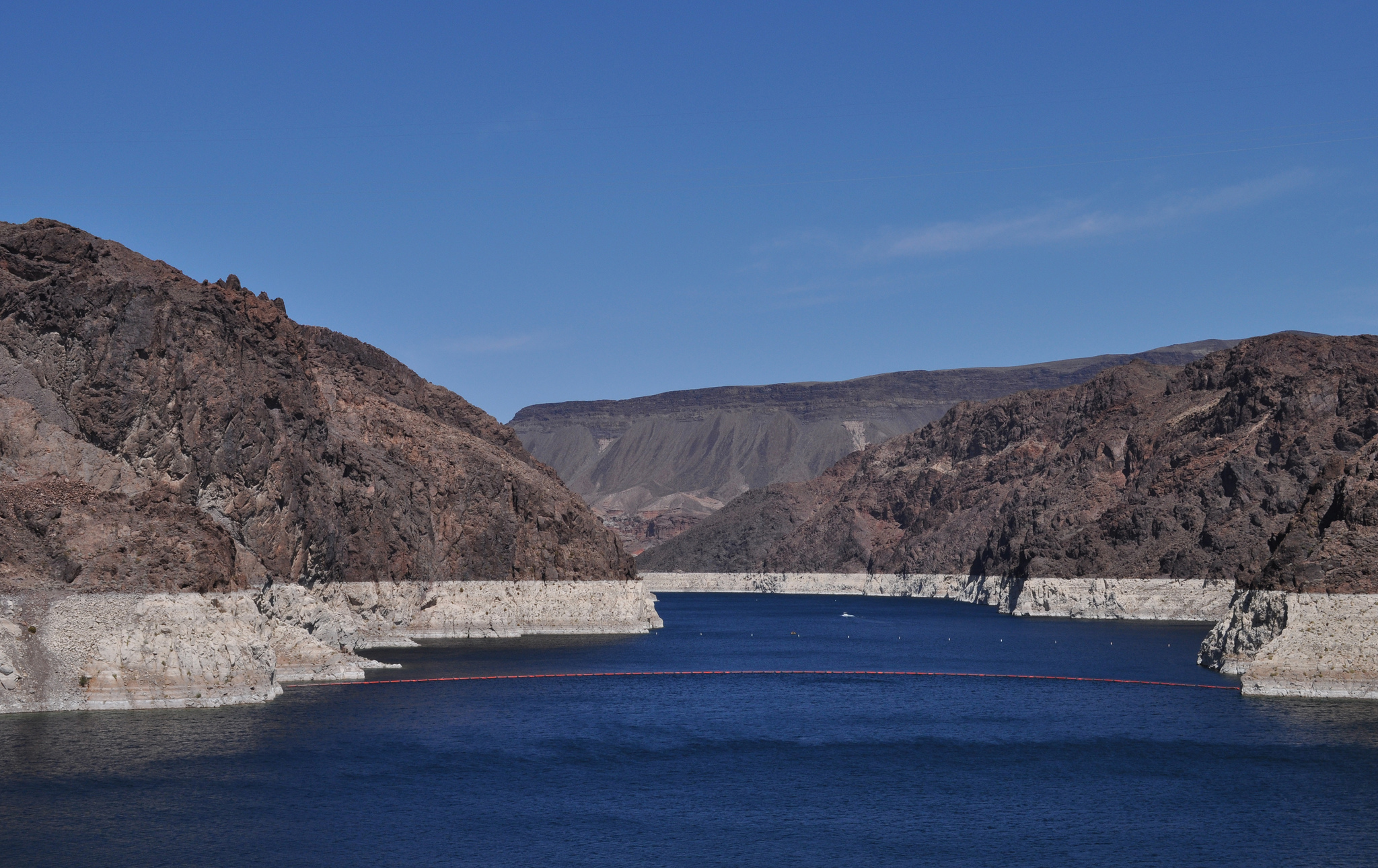The United Kingdom is quite small in size compared with the US, but its population of 67 million makes it a fairly large country with substantial energy needs. A recent study by Oxford University looked at the ability of wind and solar power to provide for those energy needs over the course of time.
According to the study, Britain’s energy needs could easily be met entirely by the two sources of clean power. Wind and solar can provide significantly more energy than the highest energy demand forecasted for 2050 and nearly 10 times the current electricity demand.
Britain currently requires 299 TWh per year. The Oxford study found that wind and solar could generate as much as 2,896 TWh per year. Furthermore, the researchers stated that these estimates are intentionally conservative, taking into account concerns around land use and the visual impact of installations.
The analysis assumes that offshore wind would produce nearly three-quarters of the energy required. Onshore wind would contribute about 7%, while taking up only 0.07% of the country’s land. Utility-scale solar would add about 19% of the power. The small remainder comes from rooftop solar. The researchers do point out that the power grid would require significant upgrades to handle all this renewable energy and that there would need to be appropriate quantities of energy storage.
According to the authors of the study, achieving these results is a question of ambition rather than technical feasibility. So far, the UK government has not been aggressive in making the transition to renewable energy.
**********
Web Links
Wind and solar power could significantly exceed Britain’s energy needs
Photo, posted November 4, 2021, courtesy of Steve Knight via Flickr.
Earth Wise is a production of WAMC Northeast Public Radio
